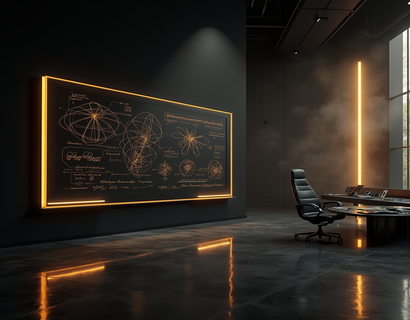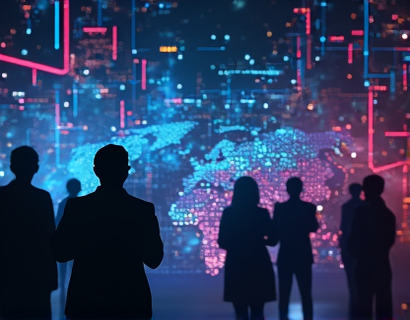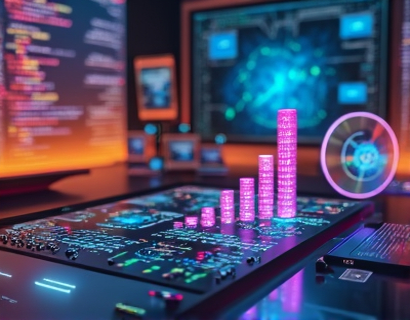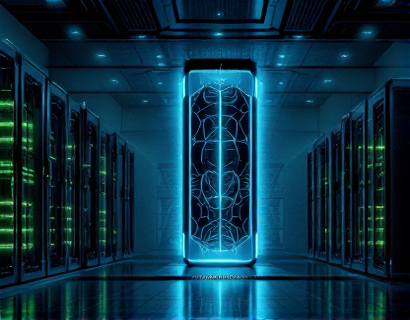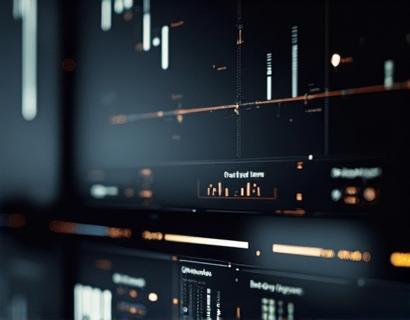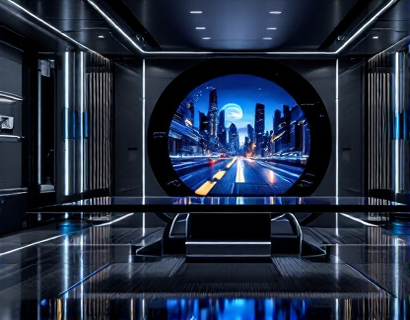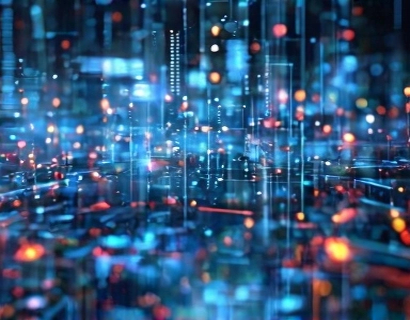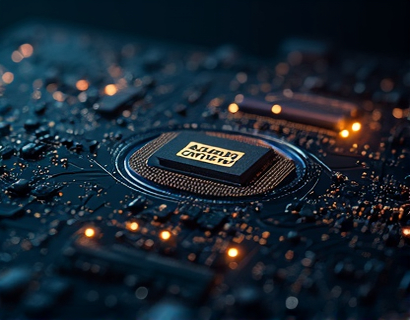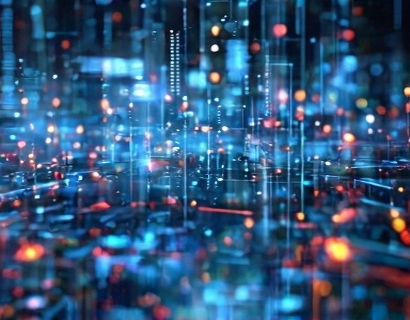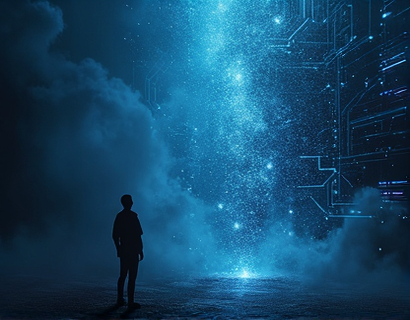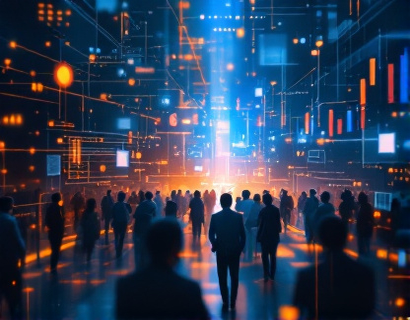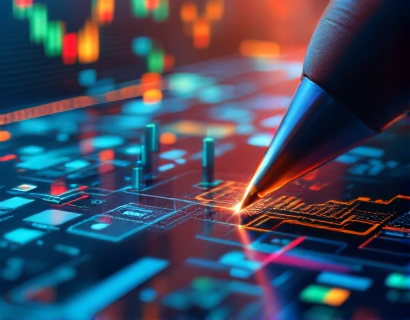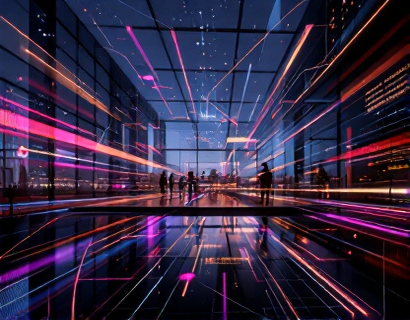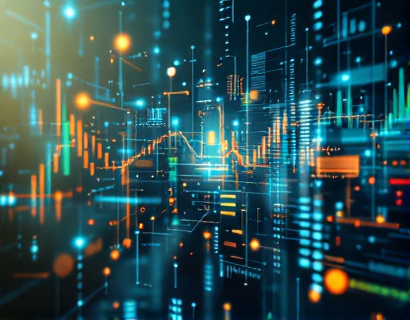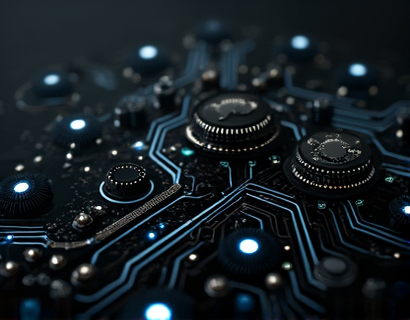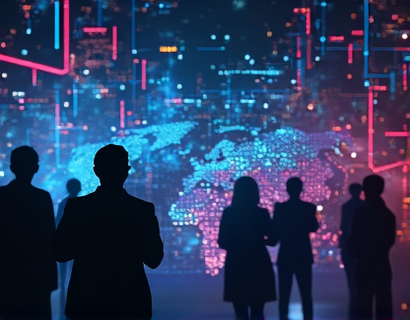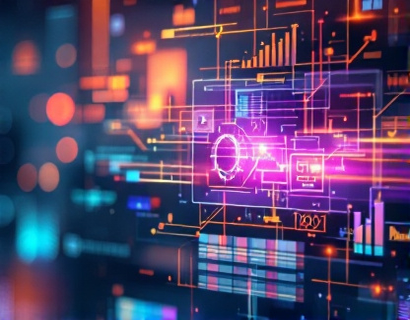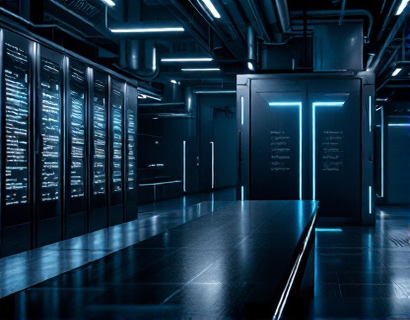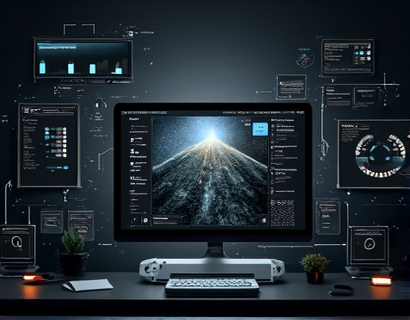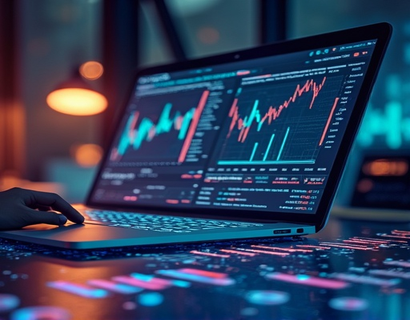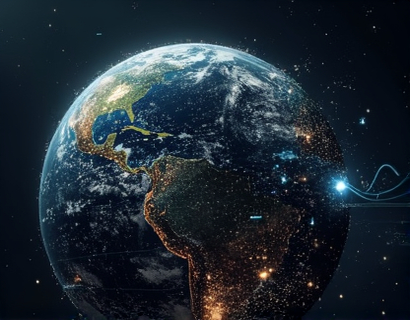Decentralized Transformation: Leveraging AI and Crypto for Next-Gen Digital Solutions
The digital ecosystem is undergoing a profound transformation, driven by the convergence of artificial intelligence (AI) and cryptocurrency technologies. This shift towards decentralized systems promises to revolutionize how we interact with digital solutions, offering enhanced security, transparency, and efficiency. At the heart of this transformation are decentralized applications (dApps) and AI-driven services, which are reshaping the landscape of digital innovation.
Decentralized technologies, particularly blockchain, provide a robust foundation for building trustless and transparent systems. By eliminating intermediaries, these technologies reduce costs and increase the speed of transactions. When combined with AI, the potential for innovation becomes even more significant. AI can process vast amounts of data, identify patterns, and make predictions, all of which can be leveraged to enhance the functionality and user experience of decentralized applications.
Understanding Decentralized Applications
Decentralized applications, or dApps, are software applications that run on a blockchain or a decentralized network. Unlike traditional applications, which are hosted on centralized servers, dApps are distributed across a network of computers, making them more resilient to censorship and downtime. The decentralized nature of these applications ensures that no single entity has control over the entire system, promoting a more democratic and equitable digital environment.
One of the key features of dApps is their use of smart contracts. Smart contracts are self-executing contracts with the terms of the agreement directly written into code. They automatically enforce and execute the terms of the contract when predefined conditions are met. This automation reduces the need for intermediaries, lowering transaction costs and increasing efficiency. For instance, in the finance sector, smart contracts can facilitate loans, insurance claims, and even complex derivatives trading without the need for traditional financial institutions.
AI in Decentralized Systems
The integration of AI into decentralized systems brings a new dimension of intelligence and automation. AI algorithms can analyze data from various sources, providing insights and recommendations that enhance the decision-making processes within dApps. For example, in decentralized finance (DeFi), AI can be used to predict market trends, optimize portfolio management, and detect fraudulent activities. This not only improves the performance of DeFi platforms but also enhances the security and trustworthiness of the ecosystem.
Moreover, AI can improve user interactions with dApps. Natural language processing (NLP) and machine learning (ML) can power chatbots and virtual assistants, providing users with personalized support and guidance. These AI-driven interfaces can understand user intent, offer relevant suggestions, and even adapt to user preferences over time, creating a more intuitive and user-friendly experience.
Enhancing Security and Privacy
Security and privacy are paramount in the digital ecosystem, and decentralized technologies offer significant advantages in these areas. Blockchain's inherent cryptographic properties ensure that data is secure and tamper-proof. Each transaction is encrypted and linked to the previous one, forming an immutable chain. This makes it extremely difficult for malicious actors to alter or manipulate data.
AI can further bolster security by detecting and mitigating threats in real-time. Machine learning models can analyze network traffic and user behavior to identify anomalies and potential security breaches. By automating threat detection and response, AI helps maintain the integrity and safety of decentralized systems. Additionally, privacy-preserving techniques such as zero-knowledge proofs allow users to verify transactions without revealing sensitive information, enhancing user privacy.
Use Cases of Decentralized AI Solutions
The combination of AI and decentralized technologies opens up a myriad of use cases across various industries. In healthcare, decentralized AI platforms can securely share and analyze medical data, enabling more accurate diagnoses and personalized treatment plans. Patient data remains private and under the control of the individuals, while AI algorithms can process and derive insights from aggregated data sets.
In the supply chain industry, decentralized AI can optimize logistics and inventory management. Smart contracts can automate transactions and ensure compliance with contractual obligations, while AI can predict demand, optimize routes, and reduce waste. This not only improves efficiency but also reduces costs and environmental impact.
In the creative industry, decentralized platforms can empower artists and creators by providing transparent and fair compensation mechanisms. AI can assist in content creation, from generating music and art to writing scripts. These AI tools can collaborate with human creators, enhancing productivity and innovation while ensuring that creators receive fair credit and remuneration.
Challenges and Considerations
Despite the numerous benefits, the integration of AI and decentralized technologies is not without challenges. One of the primary concerns is scalability. Blockchain networks, particularly those using proof-of-work consensus mechanisms, can struggle with high transaction volumes and slow processing times. However, the development of more efficient consensus algorithms and layer 2 solutions is addressing these issues, making decentralized systems more scalable and performant.
Another challenge is the regulatory landscape. As decentralized technologies evolve, governments and regulatory bodies are beginning to take notice. Ensuring compliance with existing laws and regulations while advocating for a favorable regulatory environment is crucial for the widespread adoption of these technologies. Collaboration between industry stakeholders and regulators can help create a balanced and supportive framework.
Interoperability is also a significant consideration. For decentralized systems to reach their full potential, different blockchain networks and platforms need to communicate and work together seamlessly. Efforts to develop standardized protocols and cross-chain solutions are underway, aiming to create a more interconnected and cohesive decentralized ecosystem.
Future Prospects
The future of decentralized transformation, powered by AI and crypto, is promising. As technology continues to advance, we can expect more sophisticated and user-friendly decentralized applications. The convergence of AI, blockchain, and other emerging technologies such as the Internet of Things (IoT) and 5G will create a more intelligent, connected, and autonomous digital world.
Decentralized autonomous organizations (DAOs) are another exciting development. DAOs are community-driven entities governed by smart contracts, allowing members to participate in decision-making processes. These organizations can fund and manage projects transparently and democratically, fostering innovation and collaboration on a global scale.
In conclusion, the integration of AI and decentralized technologies is driving a new era of digital transformation. By leveraging the strengths of both domains, we can build more secure, efficient, and user-centric digital solutions. As the ecosystem continues to evolve, the potential for innovation and positive impact is immense, paving the way for a decentralized future.



